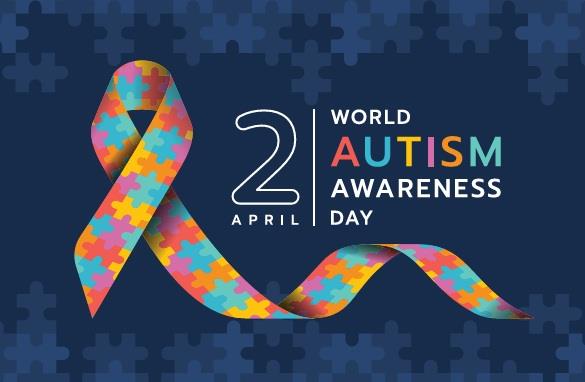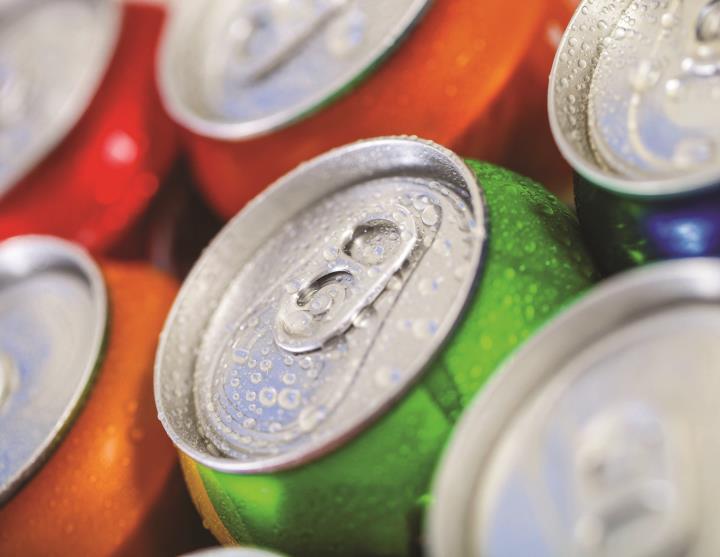Mar 27, 2025

The number of children diagnosed with developmental disabilities is on the rise, specifically attention-deficit/hyperactivity disorder (ADHD) and autism spectrum disorder (ASD). According to the CDC's National Center for Health Statistics (NCHS), nearly one in ten children have a developmental disability.
With diagnoses increasing and the demand for qualified professionals at an all-time high, schools are facing a nationwide shortage of specialists, leaving countless students lacking the care they need to thrive academically and socially.
Ahead of World Autism Day (April 2), ProCare Therapy, has shared ways that schools and communities can support students of all abilities in the classroom.
1. Implement Universal Design for Learning (UDL)
The UDL framework, which offers visual, auditory, tactile, and kinesthetic learning methods, helps remove potential hurdles in the learning process and caters to the diverse needs of all students, including those with neurodevelopmental and learning disorders.
2. Consider Individualized Support
Teachers can work closely with students to develop personalized learning plans that address their unique needs. This may include offering additional time for assignments, providing visual aids, or using assistive technology.
3. Foster Social-Emotional Learning
Educators can encourage positive peer interactions and provide opportunities for students to build friendships and develop their social skills by ensuring students frequently engage in group activities and cooperative learning,
4. Utilize Multi-Sensory Classroom Design
To accommodate different learning styles and sensory needs, classrooms can incorporate designated quiet spaces, natural or soft lighting, calming colors, and sensory objects. In addition, using visual aids, such as daily schedules and timers, can be particularly helpful for students with autism or ADHD.
5. Include Inclusive Books in Classroom Libraries and Reading Lists
By incorporating inclusive books, such as books with characters with disabilities, teachers expose students to varied experiences, perspectives, and challenges that may differ from their own. Breaking down stereotypes and promoting a more inclusive and supportive learning environment where students who identify with these characters feel seen.
With these tips, creating a more inclusive and supportive learning environment in classrooms where all students can thrive is achievable.
For more information about ProCare Therapy, please visit www.procaretherapy.com.
Kidney Stones Affecting Younger Ages: A Growing Concern

Pecans Pack a Nutritious Punch

Basics of IBS
Irritable bowel syndrome (IBS) is a condition that affects the digestive system. IBS causes a group of symptoms that can be quite uncomfortable and adversely affect quality of life. Unlike other digestive disorders like Crohn's disease, IBS does not cause tissue damage in the gastrointestinal tract, says the Cleveland Clinic. Instead, it's a chronic condition that most people can manage with medication and lifestyle changes.
-Symptoms:

Causes:
Doctors are not sure what causes IBS, but it is classified as a neurogastrointestinal disorder, also known as a disorder of gut-brain interaction. People with IBS exhibit problems with how their gut and brain coordinate to help the digestive system work properly. Researchers report that people with IBS have problems with how their GI muscles contract and move food through the intestines, known as dysmotility. Research also suggests that women and people assigned female at birth are twice as likely to be diagnosed with IBS.
Diagnosing IBS:
Doctors may use blood tests, stool tests, imaging tests and a hydrogen breath test to check for conditions that may indicate IBS.
Managing IBS:
While there is no cure, doctors can help patients manage their symptoms. Changes in diet often help, and such alterations include avoiding foods that are gas-causing (beans, cabbage) and reducing dairy and gluten consumption. Medications to treat stool issues and intestinal spasms may be prescribed.
Many people experience IBS, which can adversely affect overall well-being. Lifestyle changes might help those affected feel better.
WOMEN – Ditch the diet drinks

Connect with Birds for Well-Being

- Bird Watching:
- Find a nearby park or nature reserve.
- Bring binoculars and a field guide.
- Create a Bird-Friendly Space:
- Set up a bird feeder with a variety of seeds and suet.
- Provide fresh water with a birdbath.







